(for English, please, scroll down)
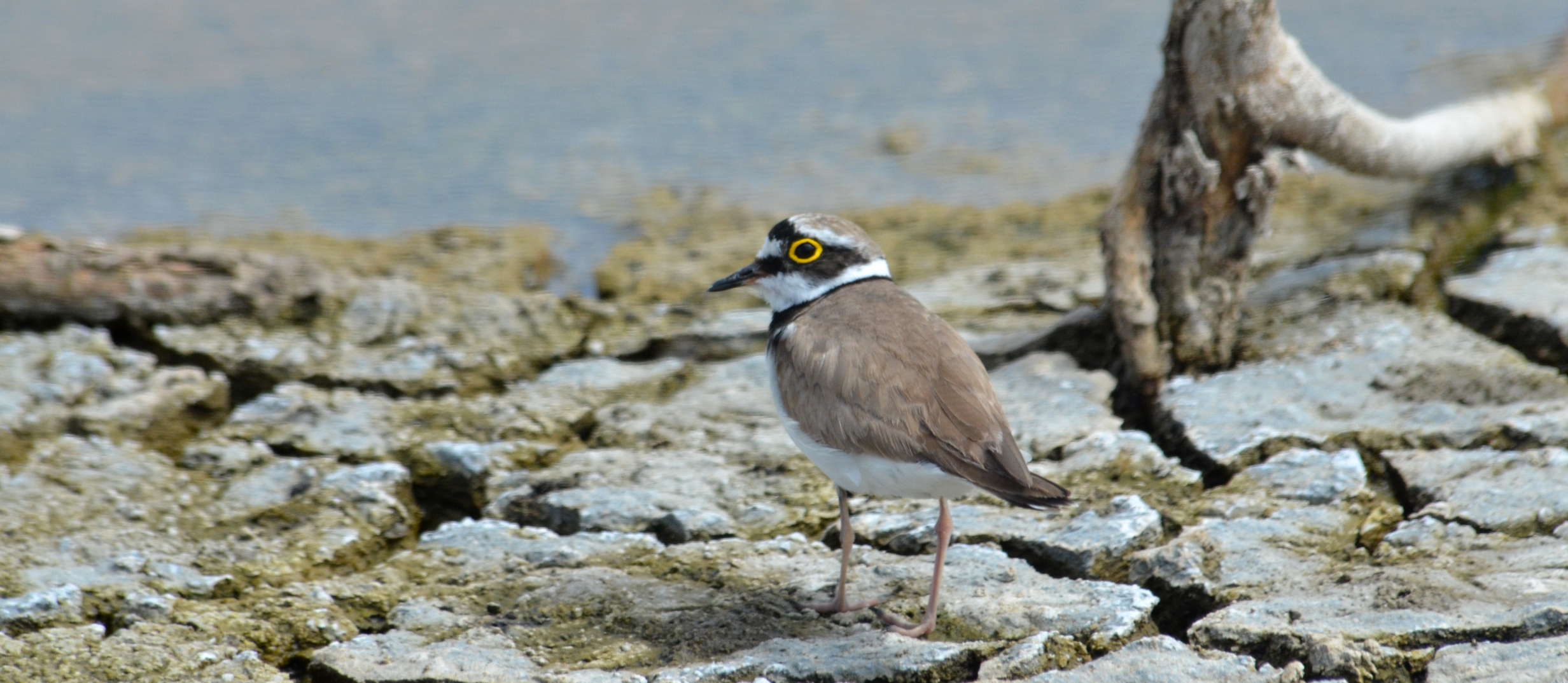
Οι πρώτες 10 μέρες του Ιουνίου ήταν συννεφιασμένες με βοριαδάκι και ακόμη και βροχή από τις 8 μέχρι και τις 10 του μηνός. Ασυνήθιστος καιρός για τέτοια εποχή. Ο υγρότοπος της Αλυκής Καλλονής έχει νερό στο εσωτερικό της αλυκής και το περιμμετρικό κανάλι, σε μεγαλύτερο βαθμό στο βόρειο τμήμα του. Επίσης αρκετό νερό έχει ακόμη το μικρό κανάλι στη ΝΔ γωνιά της (δίπλα στο βιολογικό).
Μπορείς να δεις εντελώς ανεπτυγμένα νεαρά Αβοκέτας και την ίδια στιγμή νεαρότατους νεοσσούς επίσης από Καλαμοκανά και Θαλασσοσφυριχτή ενώ κάποια ζευγάρια ακόμη κλωσσάνε τα αυγά τους- ειδικά στο εσωτερικό της αλυκής Καλαμοκανάδες και γλαρόνια (Ποταμογλάρονα και Νανογλάρονα). Ο πληθυσμός τον Φοινικόπτερων (Φλαμίνγκο) έχει μειωθεί κάτω από τα 200 άτομα. Υπάρχουν επίσης και κάποια ζευγάρια από Ποταμοσφυριχτή και Πετροτουρλίδα και μικρές ομάδες Λευκοπελαργών (συνήθως 5-10 αλλά 22 στις 4/6) αλλά και Μαυροπελαργών (συνήθως 2-6 αλά 11 στις 4/6).
Παρατηρήσεις υπάρχουν και από κάποια μεταναστευτικά είδη: ένα κοπαδάκι από 9 Αμμοσφυριχτές (Charadrius hiaticula) και 1 Γελογλάρονο (Gelochelidon nilotica) στις 7/6 και 1 Σταχτιά Νανοσκαλίδρα (Calidris teminckii), 1 Δασότρυγγας (Tringa ochropus) στις 10/6 και 11/6.
Στα ξερά πια λιβάδια τα πιο κοινά είδη που αναπαράγονται είναι Κατσουλιέρης (Galerida cristata), Καμποτσίχλονο (Emberiza calandra) and Αμπελουργός (E. melenocephala), Ωχροστριτσίδα (Iduna pallida), Σπιτο και Χωραφοσπουργήτης (Passer domesticus & P. hispaniolensis), Καρδερίνες (Carduelis carduelis), και λίγα ζευγάρια από Κιστικόλες (Cisticola juncidis), Μελισσοφάγους (Merops apiaster), Θαμνοτσιροβάκους (Sylvia communis) και Κουφαηδόνια (Cercotrichas galactotes).

The first 10 days of June were cloudy and also even rainy on 2-3 days (8-10). Not usual conditions for this time of year. The Kalloni Pans wetland is flooded only in the interior of the salt pans and the surrounding canal, at a greater degree at its northern parts. Also the small canal at the SW corner still holds good amounts of nearly fresh water.
There are full-grown fledglings of Avocets around and at the same time very young fledglings of the same species and also Black-winged Stilts and Kentish Plovers while there are parents still incubating on their nests- especially Stilts and Terns (Common and Little). The flamingos numbers seem to be droping below 200. Some Little Ringed Plovers and Stone Curlews are also seen around. Small groups (usually 5-10, max 22 on 4/6) White Storks and Black Storks (usually 2-6, max 11 on 4/6 ) can be spotted from day to day.
There were some sightings of a few migrant species: a flock of 9 Ringed Plovers (Charadrius hiaticula) and 1 Gull-billed Tern (Gelochelidon nilotica) on 7/6 and 1 Teminck’s Stint (Calidris teminckii), 1 Green Sandpiper (Tringa ochropus) on 10/6 and 11/6.
In the dry fields around the pans the commonest breeding birds to find are Crested Larks (Galerida cristata), Corn (Emberiza calandra) and Black-headed (E. melenocephala) Buntings, Olivaceus Warblers (Iduna pallida), House and Spanish Sparrows (Passer domesticus & P. hispaniolensis), Goldfinches (Carduelis carduelis), and a few pairs of Zitting Cisticolas (Cisticola juncidis), Bee-eaters (Merops apiaster), Whitethroats (Sylvia communis) and Rufus Bush Robins (Cercotrichas galactotes).



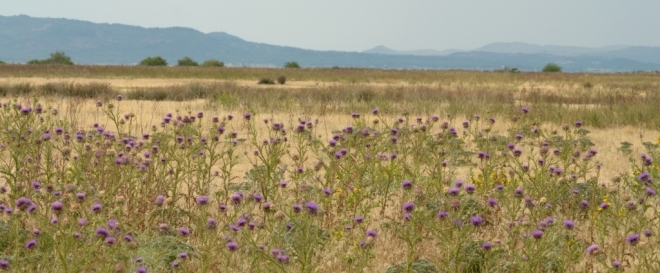

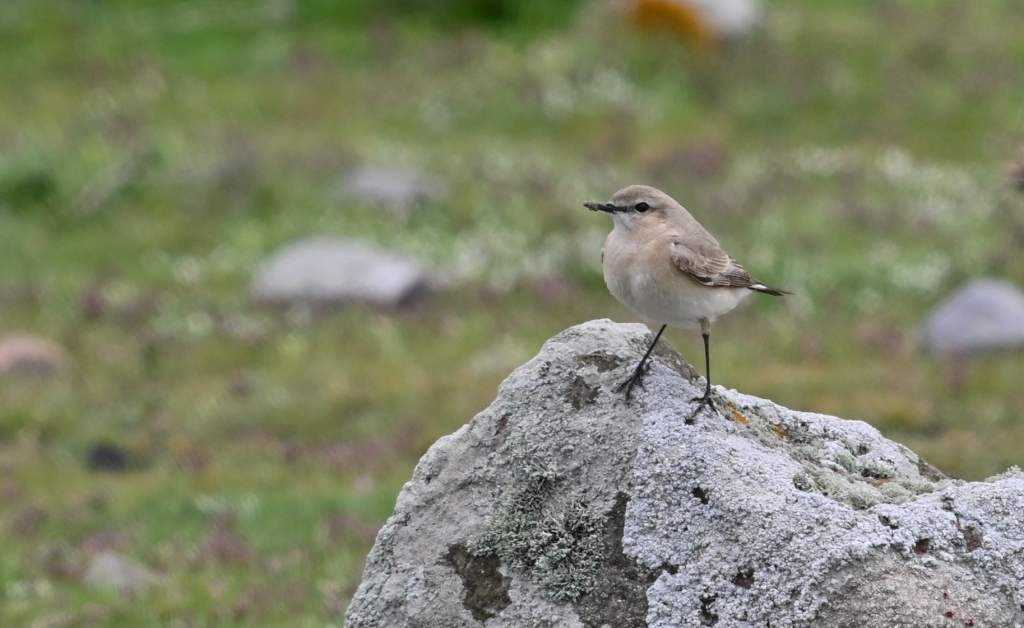
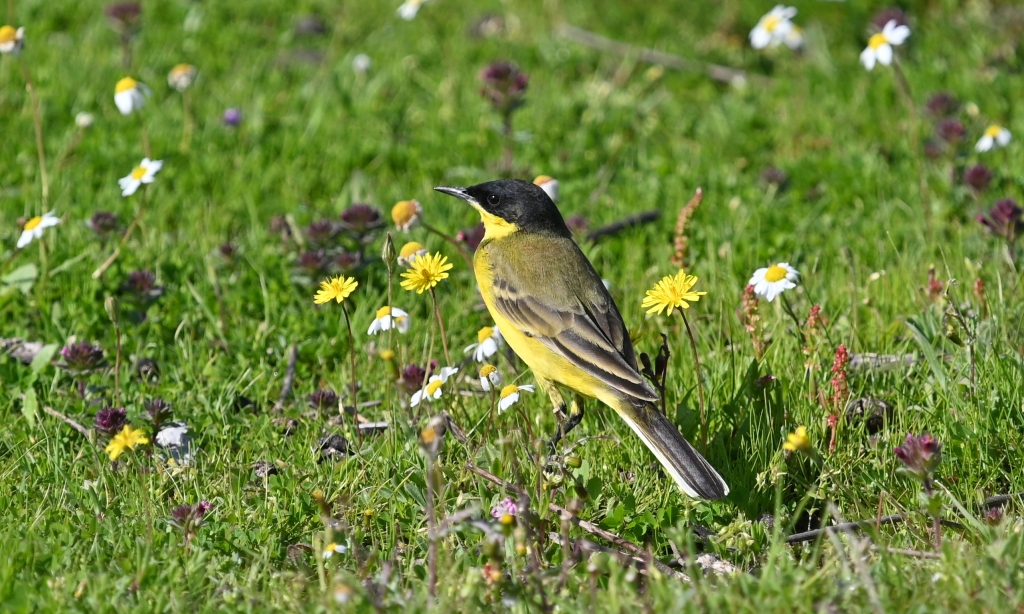
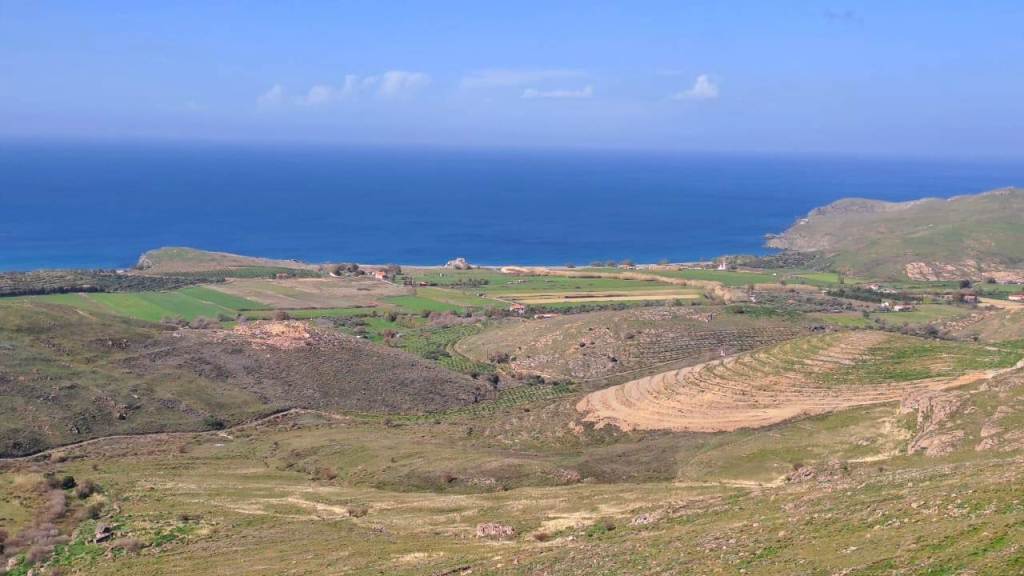
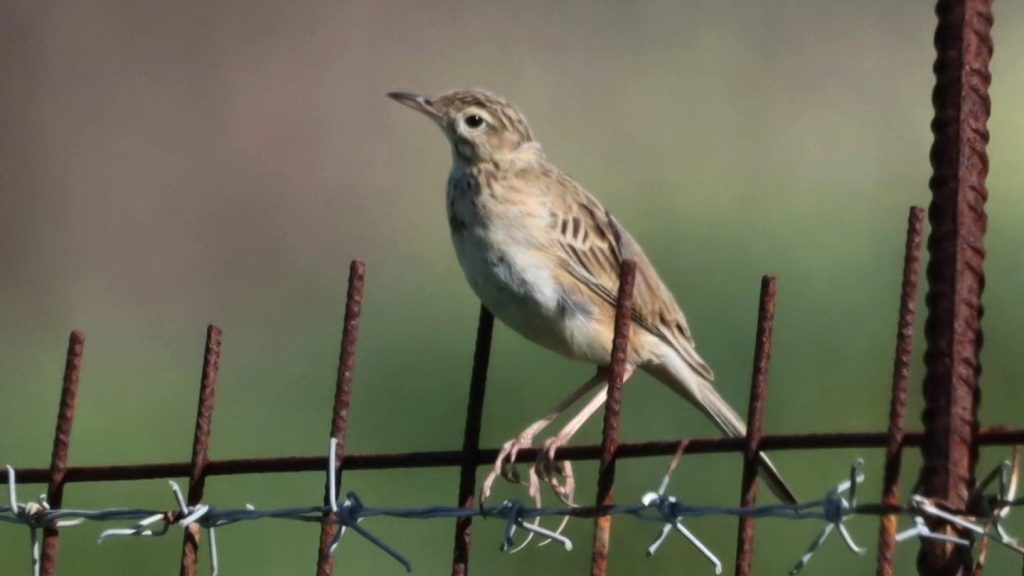
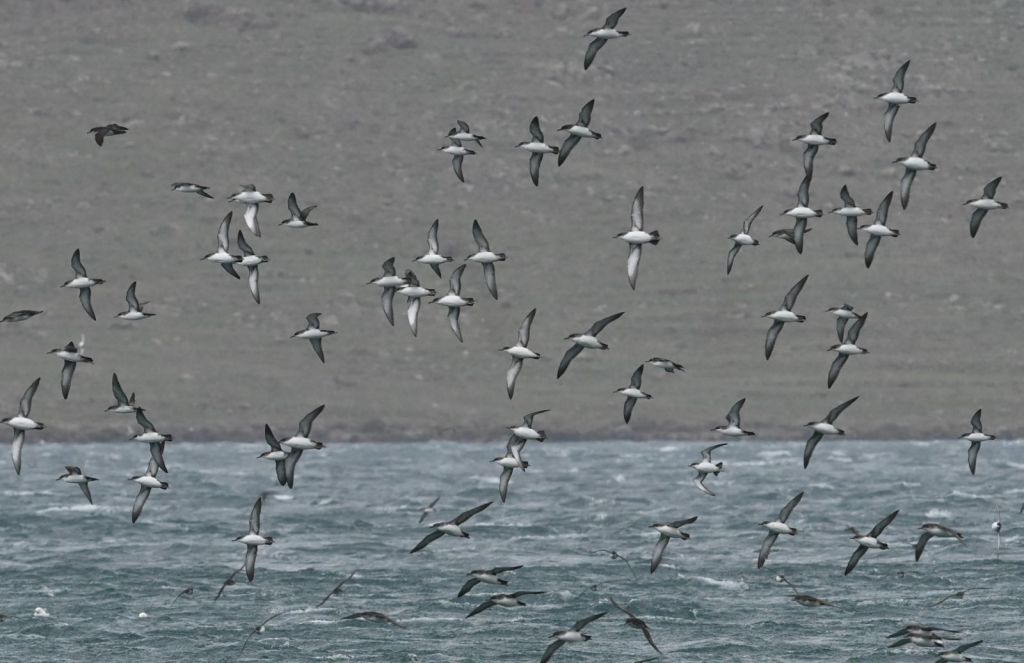
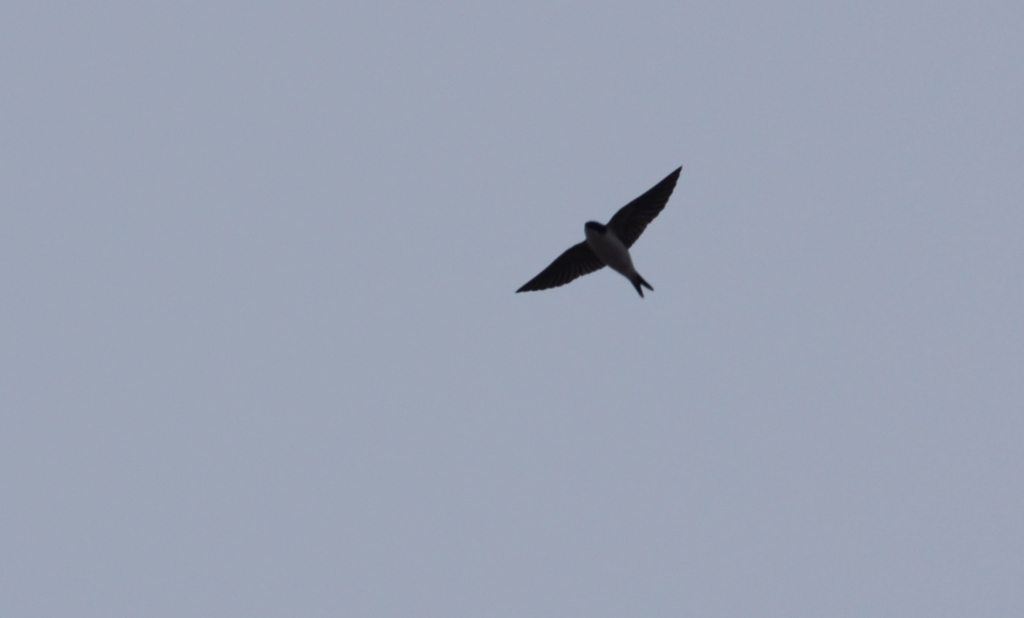
Leave a comment